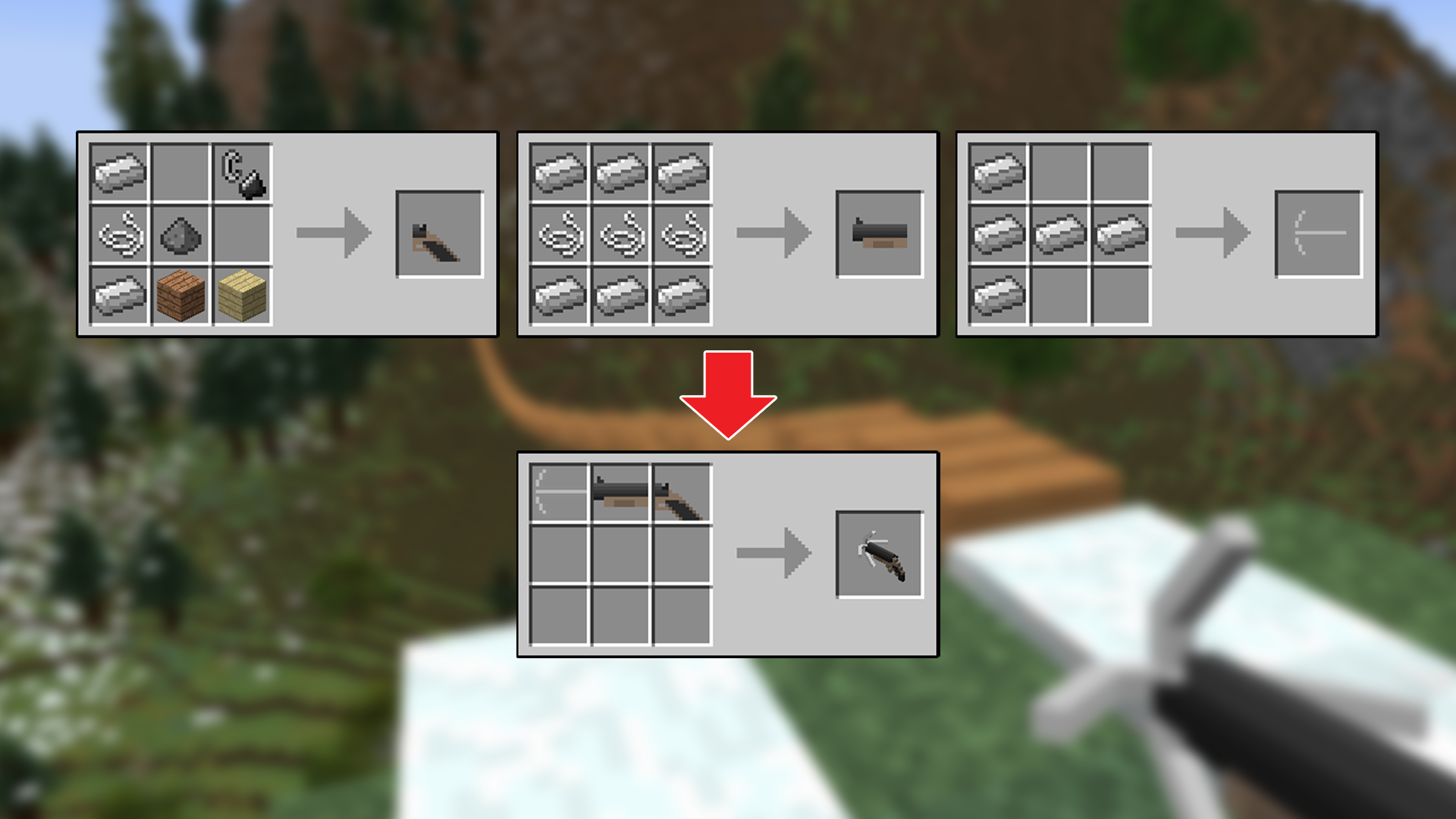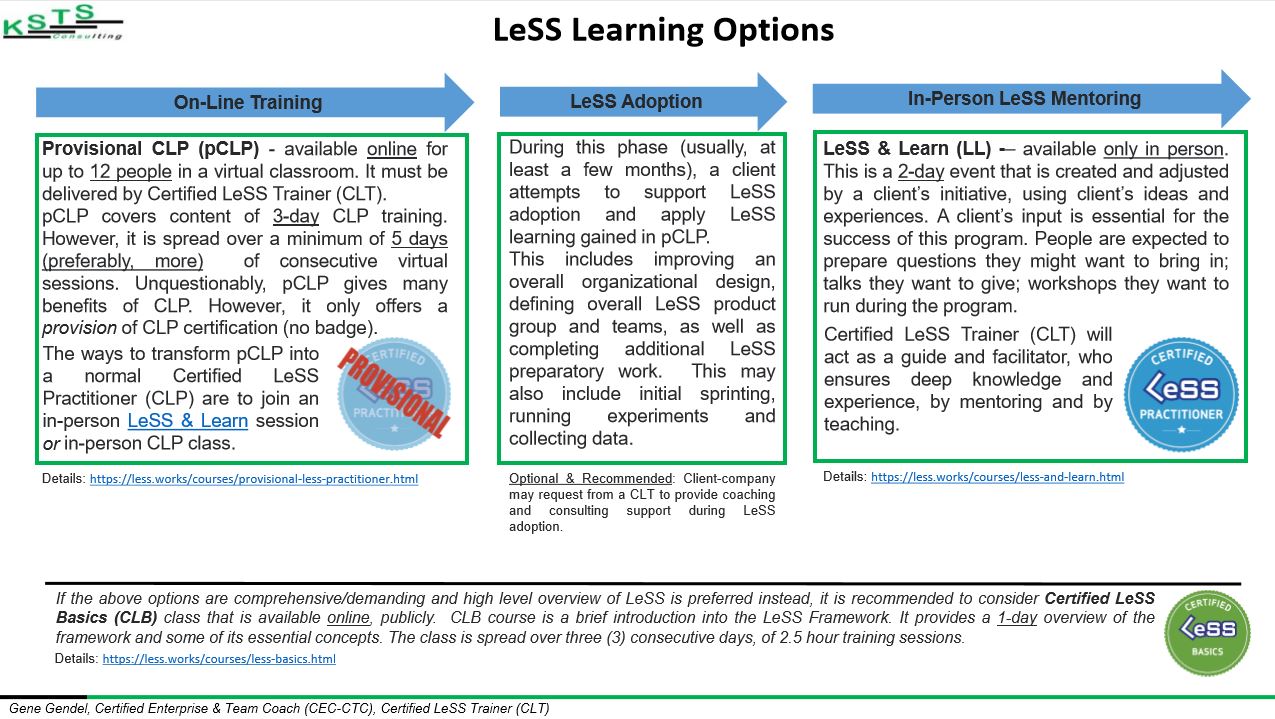PTSD Checklist for DSM-5 (PCL-5)
I'm a long time, big fan of Vecteezy. They have an excellent and easy to navigate website with plenty of content, free or subscription based - there's a huge range for both options. They also have outstanding and genuinely empathic customer service. A truly great and reliable resource, thank you team and keep up the fantastic work!
Description
The PCL-5 is a 20-item self-report measure that assesses the 20 DSM-5 symptoms of PTSD. The PCL-5 has a variety of purposes, including:
- Monitoring symptom change during and after treatment
- Screening individuals for PTSD
- Making a provisional PTSD diagnosis
- Video ini menjelaskan bagaimana cara plotting data cross section dan long section secara otomatis dari data excel ke dalam autocad menggunakan program PCLP. Semangat Pagi!!! Pada artikel kali ini saya akan berbagi tutorial sederhana mengenai cara membuat program konversi suhu dengan GUI python menggunakan import PySide, yang pastinya lengkap.
- Download Program Pclp Iasi. Windows Security- related updates. After you install this item, you may have to restart your computer. Fnaf 1 download free. full Mac Games. From Simple, powerful and inexpensive CAD software for surveying. You can do triangulation, isolines, color-filled contour maps, sections, intersections, volume.
- Apr 07, 2020 It’s difficult to roam around The Long Dark without a map. But, if you have spent some time in the long dark, you might have searched for the detailed map of all the regions in The.
The gold standard for diagnosing PTSD is a structured clinical interview such as the Clinician-Administered PTSD Scale (CAPS-5). When necessary, the PCL-5 can be scored to provide a provisional PTSD diagnosis.
Changes from Previous PCL for DSM-IV
Several important revisions were made to the PCL in updating it for DSM-5:

- PCL for DSM-IV has three versions, PCL-M (military), PCL-C (civilian), and PCL-S (specific), which vary slightly in the instructions and wording of the phrase referring to the index event. PCL-5 is most similar to the PCL-S (specific) version. There are no corresponding PCL-M or PCL-C versions of PCL-5.
- Although there is only one version of the PCL-5 items, there are three formats of the PCL-5 measure, including one without a Criterion A component, one with a Criterion A component, and one with the Life Events Checklist for DSM-5 (LEC-5) and extended Criterion A component.
- The PCL-5 is a 20-item questionnaire, corresponding to the DSM-5 symptom criteria for PTSD. The wording of PCL-5 items reflects both changes to existing symptoms and the addition of new symptoms in DSM-5.
- The self-report rating scale is 0-4 for each symptom, reflecting a change from 1-5 in the DSM-IV version. Rating scale descriptors are the same: 'Not at all,' 'A little bit,' Moderately,' 'Quite a bit,' and 'Extremely.'
- The change in the rating scale, combined with the increase from 17 to 20 items means that PCL-5 scores are not compatible with PCL for DSM-IV scores and cannot be used interchangeably.
Administration and Scoring
The PCL-5 is a self-report measure that can be completed by patients in a waiting room prior to a session or by participants as part of a research study. It takes approximately 5-10 minutes to complete. The PCL-5 can be administered in one of three formats:
- Without Criterion A (brief instructions and items only), which is appropriate when trauma exposure is measured by some other method
- With a brief Criterion A assessment
- With the revised Life Events Checklist for DSM-5 (LEC-5) and extended Criterion A assessment
Interpretation of the PCL-5 should be made by a clinician. The PCL-5 can be scored in different ways:
- A total symptom severity score (range - 0-80) can be obtained by summing the scores for each of the 20 items.
- DSM-5 symptom cluster severity scores can be obtained by summing the scores for the items within a given cluster, i.e., cluster B (items 1-5), cluster C (items 6-7), cluster D (items 8-14), and cluster E (items 15-20).
- A provisional PTSD diagnosis can be made by treating each item rated as 2 = 'Moderately' or higher as a symptom endorsed, then following the DSM-5 diagnostic rule which requires at least: 1 B item (questions 1-5), 1 C item (questions 6-7), 2 D items (questions 8-14), 2 E items (questions 15-20).
- Initial research suggests that a PCL-5 cutoff score between 31-33 is indicative of probable PTSD across samples. However, additional research is needed. Further, because the population and the purpose of the screening may warrant different cutoff scores, users are encouraged to consider both of these factors when choosing a cutoff score.
Interpretation
Characteristics of a respondent's setting should be considered when using PCL-5 severity scores to make a provisional diagnosis. The goal of assessment also should be considered. A lower cut-point score should be considered when screening or when it is desirable to maximize detection of possible cases. A higher cut-point score should be considered when attempting to make a provisional diagnosis or to minimize false positives.
Measuring Change
Good clinical care requires that clinicians monitor patient progress. Evidence for the PCL for DSM-IV suggests that a 5-10 point change represents reliable change (i.e., change not due to chance) and a 10-20 point change represents clinically significant change. Therefore, it was recommended to use 5 points as a minimum threshold for determining whether an individual has responded to treatment and 10 points as a minimum threshold for determining whether the improvement is clinically meaningful using the PCL for DSM-IV.
Change scores for PCL-5 are currently being determined. It is expected that reliable and clinically meaningful change will be in a similar range. We recommend following the DSM-IV recommendations until new information is available.
Sample Item
- Item: In the past month, how much were you been bothered by: 'Repeated, disturbing, and unwanted memories of the stressful experience?'
- Response: 5-point Likert (0 = 'Not at all' to 4 = 'Extremely')
Citation
Weathers, F.W., Litz, B.T., Keane, T.M., Palmieri, P.A., Marx, B.P., & Schnurr, P.P. (2013). The PTSD Checklist for DSM-5 (PCL-5). Scale available from the National Center for PTSD at www.ptsd.va.gov.
References (PCL-5)
Blevins, C. A., Weathers, F. W., Davis, M. T., Witte, T. K., & Domino, J. L. (2015). The Posttraumatic Stress Disorder Checklist for DSM-5 (PCL-5): Development and initial psychometric evaluation. Journal of Traumatic Stress, 28, 489-498. doi:10.1002/jts.22059
Bovin, M. J., Marx, B. P., Weathers, F. W., Gallagher, M. W., Rodriguez, P., Schnurr, P. P., & Keane, T. M. (2015). Psychometric properties of the PTSD Checklist for Diagnostic and Statistical Manual of Mental Disorders-Fifth Edition (PCL-5) in Veterans. Psychological Assessment, 28, 1379-1391. doi:10.1037/pas0000254
Wortmann, J. H., Jordan, A. H., Weathers, F. W., Resick, P. A., Dondanville, K. A., Hall-Clark, B., Foa, E. B., Young-McCaughan, S., Yarvis, J., Hembree, E. A., Mintz, J., Peterson, A. L., & Litz, B. T. (2016). Psychometric analysis of the PTSD Checklist-5 (PCL-5) among treatment-seeking military service members. Psychological Assessment, 28, 1392-1403. doi:10.1037/pas0000260
References (PCL for DSM-IV)
Bliese, P. D., Wright, K. M., Adler, A. B., Cabrera, O., Castrol, C. A., & Hoge, C. W. (2008). Validating the Primary Care Posttraumatic Stress Disorder screen and the Posttraumatic Stress Disorder Checklist with soldiers returning from combat. Journal of Consulting and Clinical Psychology, 76, 272-281. doi:10.1037/0022-006X.76.2.272
Harrington, T., & Newman, E. (2007). The psychometric utility of two self-report measures of PTSD among women substance users. Addictive Behaviors, 32, 2788-2798. doi:10.1016/j.addbeh.2007.04.016
Walker, E. A., Newman, E., Dobie, D. J., Ciechanowski, P., & Katon, W. (2002). Validation of the PTSD Checklist in an HMO sample of women. General Hospital Psychiatry, 24, 375-380. doi:10.1016/S0163-8343(02)00203-7
Sherman, J. J., Carlson, C., Wilson, J. F., Okeson, J., & McCubbin, J. A. (2005). Posttraumatic stress disorder among patients with orofacial pain. Journal of Orofacial Pain, 19, 309-317.
Blanchard, E. B., Jones-Alexander, J., Buckley, T. C., & Forneris, C. A. (1996). Psychometric properties of the PTSD Checklist (PCL). Behavioral Research & Therapy, 34, 669-673. doi:10.1016/0005-7967(96)00033-2
Kimerling, R., Prins, A., Yeager, D. E., & Magruder, K. M. (2010, November). An interval approach to screening for PTSD in primary care. Poster presented at the 44th annual conference of the Association for Behavioral and Cognitive Therapies, San Francisco, CA.
Monson, C. M., Gradus, J. L., Young-Xu, Y., Schnurr, P. P., Price, J. L., & Schumm, J. A. (2008). Change in posttraumatic stress disorder symptoms: Do clinicians and patients agree? (PDF) Psychological Assessment, 20, 131-138. doi:10.1037/1040-3590.20.2.131
Weathers, F., Litz, B., Herman, D., Huska, J., & Keane, T. (October 1993). The PTSD Checklist (PCL): Reliability, Validity, and Diagnostic Utility. Paper presented at the Annual Convention of the International Society for Traumatic Stress Studies, San Antonio, TX. NOTE: Due to some confusion over versions of the PCL for DSM-IV, some of the published papers state that the PCL-C was used in this study, but the authors have confirmed that the PCL-S was the version actually used.
Additional Reviews (PCL for DSM-IV)
Orsillo (2001) (PDF) p. 281.
Orsillo, S. M. (2001). Measures for acute stress disorder and posttraumatic stress disorder. In M.M. Antony & S.M. Orsillo (Eds.), Practitioner's guide to empirically based measures of anxiety (pp. 255-307). New York: KluwerAcademic/Plenum. PTSDpubs ID 24368
Norris and Hamblen (2004) (PDF) p. 79.
Norris, F. H. & Hamblen, J. L. (2004). Standardized self-report measures of civilian trauma and PTSD. In J.P. Wilson, T.M. Keane & T. Martin (Eds.), Assessing psychological trauma and PTSD (pp. 63-102). New York: Guilford Press. PTSDpubs ID 18638
To Obtain Scale
This measure was developed by staff at VA's National Center for PTSD and is in the public domain and not copyrighted. In accordance with the American Psychological Association's ethical guidelines, this instrument is intended for use by qualified health professionals and researchers.
Download the PTSD Checklist for DSM-5 (PCL-5):
- PCL-5, Past Month (PDF)
- PCL-5, Past Week (PDF)
- PCL-5 with Criterion A (PDF)
- PCL-5 with LEC-5 and Criterion A (PDF)
- Using the PTSD Checklist for DSM-5 (PCL-5) (PDF)
Download the PTSD Checklist for DSM-IV (PCL):
- PCL-Civilian (PCL-C) for DSM-IV (PDF)
- PCL-Military (PCL-M) for DSM-IV (PDF)
- PCL-Specific (PCL-S) for DSM-IV (PDF)
- PCL Psychometric Information for DSM-IV (PDF)
- PCL Scoring Information for DSM-IV (PDF)
- Using the PTSD Checklist for DSM-IV (PCL) (PDF)
Are you using this measure with U.S. Veterans or Service members?
Our PTSD Consultation Program can answer administration or scoring questions: PTSDconsult@va.gov or 866-948-7880.
Measure availability: We provide information on a variety of measures assessing trauma and PTSD. These measures are intended for use by qualified mental health professionals and researchers. Measures authored by National Center staff are available as direct downloads or by request. Measures developed outside of the National Center can be requested via contact information available on the information page for the specific measure.
QGIS in OSGeo4W (recommended for regular users):
- OSGeo4W Network Installer
Advanced semiconductor fundamentals pierret solution manual. In the installer choose Express Install and select QGIS to install the latest release or QGIS LTR to install the long term release.
The express installations have several optional packages including non-free software. To avoid those you have to use the Advanced Install and choose qgis and/or qgis-ltr in the desktop section.
NOTE FOR EXISTING USERS: OSGeo4W v2 (previously known as testing) is now the regular repository. The latest QGIS release is only available here, as it already requires dependencies not available in the old repository. The long term release is additionally also available in the old repository using the same dependencies as before (see below). This also includes a 32-bit version, which OSGeo4W v2 does not support.
CAUTION: Upgrades of old setups using the new repository are not supported. You need to do a fresh install or use a different directory.
CAUTION: Windows 7 no longer works as we are now using Python 3.9, which dropped support for it.
Standalone installers (MSI) from OSGeo4W packages (recommended for new users)
Latest release (richest on features):
- QGIS Standalone Installer Version 3.20
Long term release (most stable):
- QGIS Standalone Installer Version 3.16
Note that the MSI installers are much bigger than the previous installers. This is because they include significant larger packages (eg. PROJ 8). The main reason for the switch to MSI were the size limits previously used NSIS has, which was blocking updates of dependencies.
Long-term release in old OSGeo4W (continued with previous dependencies):

- OSGeo4W Network Installer (64 bit)
- OSGeo4W Network Installer (32 bit)
In the installer choose Advanced Install and select qgis-ltr-full to install the long term release.
Packages for the latest release and nightly thereof and master are discontinued in old OSGeo4W.
This installer also allows installing QGIS without non-free software
Standalone installer for long term release (continued with dependencies from old OSGeo4W):

- QGIS Standalone Installer Version 3.16 (64 bit)
- QGIS Standalone Installer Version 3.16 (32 bit)
Official All-in-one, signed installers
Mac Installer Packages for macOS High Sierra (10.13) and newer.
QGIS is not yet notarized as required by macOS Catalina (10.15) security rules. On first launch, please right-click on the QGIS app icon, hold down the Option key, then choose Open.
Latest release (richest on features):
Long term release (most stable):
Alternative build
Mac Installer Packages for macOS High Sierra (10.13) and newer.
Installation instructions are in the Read Me on the disk image. GDAL and Python (both included on the disk image) are installed separately and outside the QGIS app so they are usable on their own. Brigs and stratton 13 hp manual. These packages use the python.org Python 3 - other distributions are not supported.
Download Gratis Pclp Cross Long Sleeve
For many flavors of GNU/Linux binary packages (rpm and deb) or software repositories (to add to your installation manager) are available. Please select your choice of distro below:
The QGIS experience does not stop on the desktop. Various touch optimized apps allow you to take QGIS into the field
Third-party touch optimized apps
QField for QGIS (formerly QGIS for Android)
Input (available for Android, iOS and Windows devices)
Download Gratis Pclp Cross Long Hair
IntraMaps Roam
QGIS for Android
An old and deprecated not touch optimised release of QGIS for Android can be found inAll downloads
All downloads
More specific instructions about downloading QGIS stable vs QGIS development can be found in All downloads.
Datasets
For testing and learning purposes, a sample dataset is available, which contains collections of data from different sources and in different formats.
Previous releases of QGIS are still available here - including older releases for OS X here.
More older releases are available here and for OS X here.
Plugins for QGIS are also available here.
QGIS is open source software available under the terms of the GNU General Public License meaning that its source code can be downloaded through tarballs or the git repository.
QGIS Source Code is available here (latest release) and here (long term release)
Refer to the INSTALL guide on how to compile QGIS from source for the different platforms: here
Note that you can also install the development version (nightly) via an installer from the normal downloads for your platform: here
Download Gratis Pclp Cross Long Arm
Plugins for QGIS are also available here.